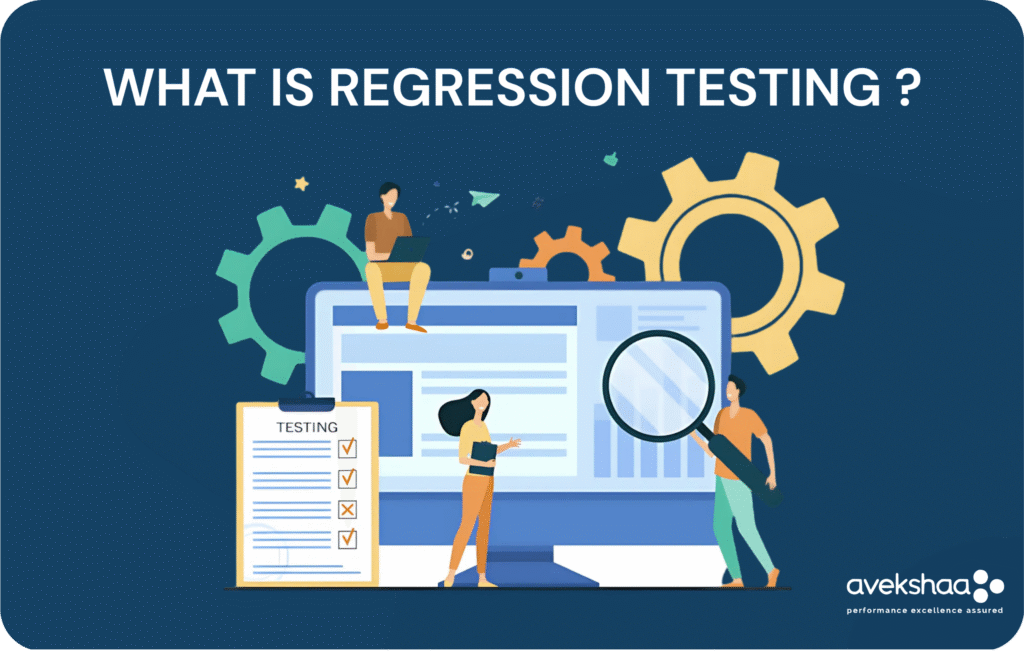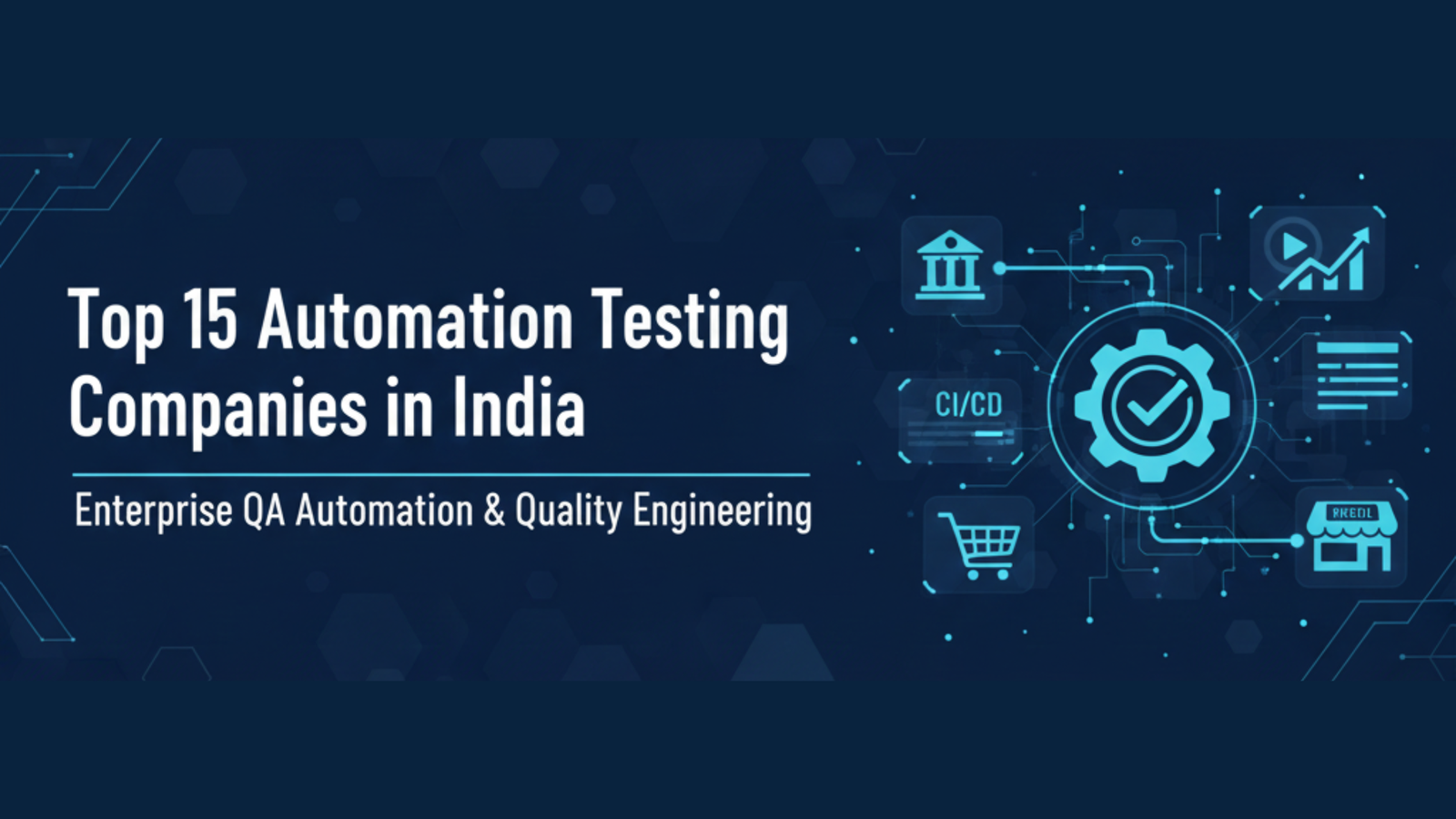In today’s hyper-digital world, software changes are constant. From fixing bugs and upgrading security protocols to adding new features, applications are continuously evolving. But every change brings a hidden risk: what if your latest update breaks something that was already working perfectly? This is where regression testing becomes indispensable.
What Is Regression Testing?
Regression testing is a type of software testing that ensures that recent changes to the codebase haven’t inadvertently disrupted existing functionalities. In other words, it validates that new code hasn’t created new bugs in previously tested software components.
Think of it like this: you renovate your kitchen. You’ve added fancy new appliances, but when you turn on the oven, the fridge stops working. Regression testing is the check that ensures your fridge, oven, and sink all still function properly after the remodel.
Why Is Regression Testing Important?
Modern applications are built with complex integrations, microservices, APIs, and dependencies. As a result, even small tweaks can have widespread ripple effects. Here’s why regression testing is crucial:
- Preserves Stability: It ensures that software remains reliable after updates or bug fixes.
- Reduces Risk: Catching unintended side effects early prevents costly production issues.
- Enhances User Experience: Users won’t face surprise glitches or crashes after an update.
- Supports Continuous Delivery: Enables teams to release updates quickly while maintaining quality.
When Is Regression Testing Performed?
Regression testing is typically executed:
- After bug fixes
- After new features or enhancements are added
- After configuration or environment changes
- Before major releases or deployments
In agile and DevOps workflows, regression tests are often automated and run continuously to support rapid release cycles.
Types of Regression Testing
Not all regression testing is created equal. Based on the nature and scope of changes, several types can be employed:
- Unit Regression: Focuses on individual components or modules in isolation. Done during unit testing.
- Partial Regression: Validates that changes in a module haven’t affected related areas.
- Complete Regression: Executes all test cases when major changes occur, ensuring overall system stability.
- Selective Regression: Runs a subset of test cases impacted by recent code changes.
Regression Testing vs. Retesting: What’s the Difference?
While often confused, these are two distinct concepts:
- Retesting checks that a specific bug has been fixed.
- Regression Testing checks that the bug fix or new code hasn’t broken anything else.
Manual vs. Automated Regression Testing
- Manual Testing can be effective for exploratory or low-frequency changes, but it’s time-consuming and error-prone at scale.
- Automated Testing is the gold standard for regression. It allows quick, repeatable test execution across builds and environments.
Popular tools for automation include Selenium, JUnit, TestNG, and commercial platforms like UFT or Tricentis Tosca.
Best Practices for Effective Regression Testing
- Maintain a Regression Test Suite: Build a comprehensive, reusable set of test cases that cover critical functionality.
- Prioritize Test Cases: Focus on areas most likely to be affected by code changes.
- Automate Where Possible: Especially for frequently used workflows or integration points.
- Run Tests Frequently: Integrate with CI/CD pipelines to catch issues early.
- Keep Tests Updated: As the application evolves, ensure test cases reflect the latest requirements.
Challenges in Regression Testing
Despite its importance, regression testing isn’t without hurdles:
- High Maintenance: Test scripts can become outdated quickly in dynamic environments.
- Test Suite Bloat: Over time, test suites can grow large and unwieldy.
- Flaky Tests: Inconsistent test outcomes can erode trust in the automation.
- Resource Constraints: Testing comprehensively across environments can strain time and compute resources.
This is why enterprises need a strategic approach to regression testing – one that combines automation, intelligent test selection, and performance optimization.
How Avekshaa Technologies Adds Value
For enterprises dealing with complex, performance-sensitive applications—especially in sectors like BFSI, telecom, and digital commerce—regression testing is not just about quality, it’s about business continuity.
Avekshaa Technologies brings deep expertise in performance engineering and quality assurance to help clients implement high-impact regression testing frameworks. Their approach integrates seamlessly with development pipelines, identifies the most critical test cases, and ensures zero performance degradation after code changes.
Whether it’s handling large-scale transaction systems or ensuring uptime for high-stakes platforms, Avekshaa’s solutions ensure every update is tested, validated, and ready for production—without surprises.
Final Thoughts
In a world where software updates are a weekly, sometimes daily affair, skipping regression testing is a gamble businesses can’t afford. It’s not just a QA checkbox; it’s a business-critical safeguard.
Looking to bulletproof your applications against unexpected breakdowns after updates? Avekshaa Technologies can help you build a regression testing strategy that’s fast, efficient, and aligned to your unique business context.Visit Avekshaa Technologies to learn more about how they help enterprises stay resilient in the face of constant change.


